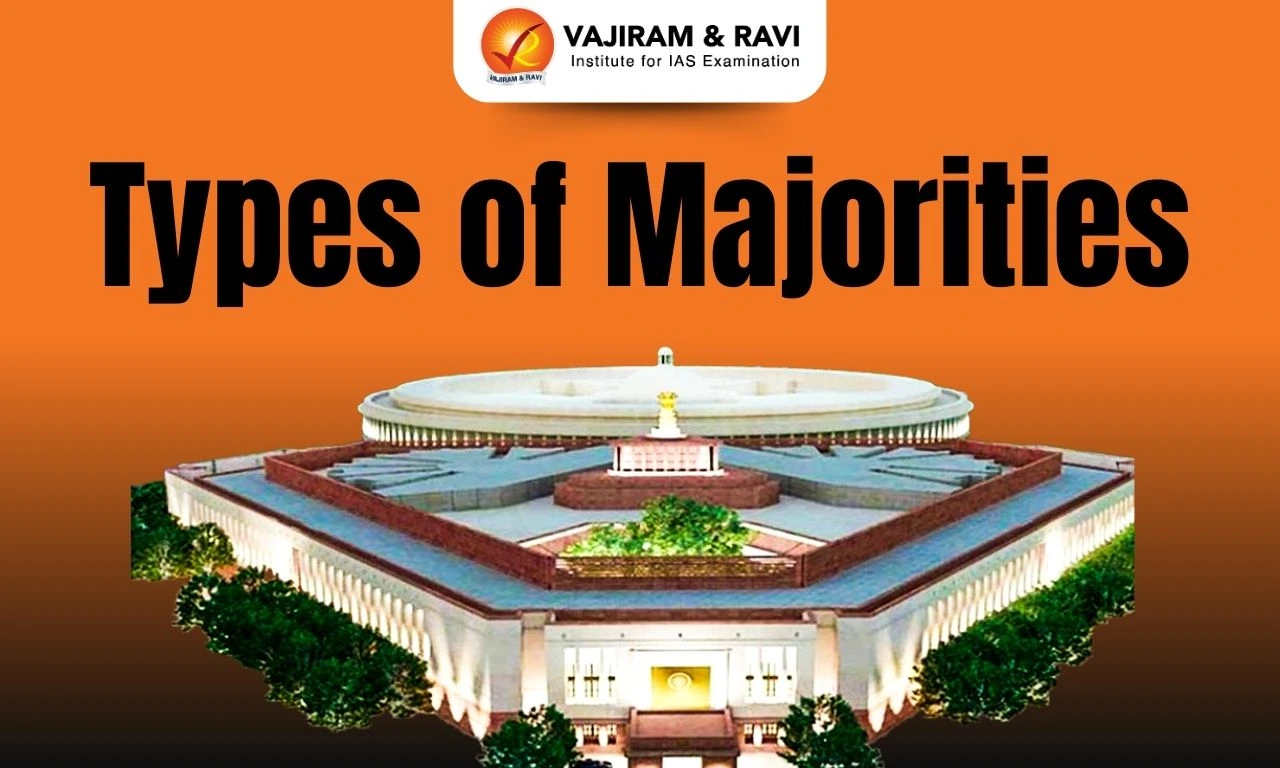Blockchain, also known as Distributed Ledger Technology (DLT), is an emerging technology that facilitates the conversion of currency and various assets into digital formats for storage and management. It enables the recording and distribution of digital information, serving as an immutable ledger of transactions that cannot be altered, deleted, or erased.
Originally created to enable peer-to-peer digital currency transactions in the form of Bitcoin, blockchain now has disruptive applications across sectors like finance, supply chains, voting, contracts, etc. With blockchain at its core, Web 3.0 makes it possible for an expanding range of new apps and services, such as Non-fungible Tokens (NFTs) and Decentralised Finance (De-Fi).
Blockchain is an emerging digital infrastructure enabling the decentralized storage and transfer of information without requiring third-party verification.
- Blockchain originated from Ralph Merkle's hash tree data structures in the 1970s. Satoshi Nakamoto built on Merkle's cryptography, conceptualizing blockchain for Bitcoin's decentralized digital currency in 2008.
- Ethereum later enhanced blockchain capabilities via smart contracts.
- Now overcoming early constraints, the ongoing expansion of blockchain across sectors promises numerous applications leveraging its innate trust, transparency, and resilience.
Blockchain Technology Features
- Distributed Ledger: The blockchain is a distributed ledger that exists on multiple computers simultaneously in a peer-to-peer network.
- This avoids a centralized point of failure.
- Immutability: Once data is written to the blockchain, it is extremely difficult to alter it retroactively. Cryptographic hashes help achieve this which improves security and trust.
- Secured: Cryptography through hashing and digital signatures secures the blockchain network. It also provides participant identity protection through private/public keys.
- Consensus-Based: For a transaction to be valid and added to the blockchain, all nodes must agree to its validity based on the existing rules of the network through a consensus mechanism.
- Decentralised: No single entity or computer controls the network. Full copies of the blockchain reside on multiple computers in a decentralised manner.
- Faster: Disintermediation of third parties enables faster direct peer-to-peer transactions without lengthy delays.
- Automated smart contracts also enable faster fulfilment of agreements.
Working Mechanism
- Step 1: An authorized participant inputs a transaction, which must be authenticated by the technology.
- Step 2: That action creates a block that represents that specific transaction or data.
- Step 3: The block is sent to every computer node in the network.
- Step 4: Authorized nodes validate transactions and add the block to the existing blockchain.
- Step 5: The update is distributed across the network, which finalises the transaction.
Blockchain Technology Types
- Public blockchains: They are open to all users and are permissionless. Every blockchain participant is entitled to read, edit, and validate the blockchain.
- They are mainly used for mining and trading cryptocurrencies such as Litecoin, Ethereum, and Bitcoin.
- Private blockchains: Private blockchains only allow verified individuals to join the network. These networks limit access to the blockchain network and its activities, including the management of the shared digital ledger Therefore, a private blockchain is distributed to an extent but not decentralised.
- For example: Ripple, Hyperledger, and Corda.
- Permissioned/ Hybrid blockchains: Hybrid blockchains combine elements of both the private and the public networks. Companies may set up private permission-based systems in parallel with a public system.
- This hybridisation allows them to control access to specific data stored in the blockchain while simultaneously keeping the rest of the data public.
- The smart contracts are used to allow public members to check whether private transactions have been completed.
- Example: Komodo (KMD)
- Consortium blockchains: A group of organisations governs consortium blockchain networks. Like permissioned blockchains, consortium blockchains are semi-private. They do, however, serve a specific purpose: to strengthen inter-company cooperation.
- For example: Global Shipping Business Network Consortium, Marco Polo, TradeLens.
Significance and Challenges of Blockchain Technology
- Significance of Blockchain Technology
- Decentralisation: It reduces central points of failure and removes the need for central authorities.
- Transparency & immutability: All changes are viewable by all participants and cannot be altered retroactively, thus improving trust and accountability.
- Enhanced security: Cryptography ensures transactions remain secure, private, and tamper-proof.
- Reduction in costs: Disintermediation helps eliminate unnecessary transaction fees and overhead costs.
- Faster transactions: It removes delays from third-party approvals enabling faster direct transactions.
- Accessibility: It allows more participants to directly take part in the process.
- Challenges of Blockchain Technology
- Complex technology: Concepts like cryptography and consensus mechanisms can be complex for the average user to understand.
- Energy intensive: Proof-of-work blockchains require large amounts of energy consumption.
- Low scalability: Transaction processing speed can be slow compared to traditional systems until scalability improves.
- Security: Despite blockchain's touted security, networks have faced hacking attacks leading to financial losses and compromised integrity. Blockchain cybersecurity remains an ongoing concern.
- Compatibility: Currently, there are a wide variety of blockchain platforms, each with unique protocols and standards, and they frequently don't cooperate well.
Blockchain Technology Applications
Blockchain is an emerging technology that is being adopted innovatively by various industries. Its applications in various sectors are described below.
- Cryptocurrency: They utilise the blockchain to enable digital, decentralized, peer-to-peer currency transactions. The most well-known applications are cryptocurrencies like Bitcoin and Ethereum.
- Energy: Blockchain technology is being used by energy companies to develop peer-to-peer energy trading platforms and streamline access to renewable energy.
- Finance: Blockchain services are used by established financial institutions, such as banks and stock exchanges, to handle online payments, accounts, and market trading.
- For instance, blockchain technology is being used by Singapore Exchange Limited, an investment holding company that offers financial trading services across Asia, to create an interbank payment account that is more effective.
- Healthcare: The ledger technology helps healthcare researchers uncover genetic code by facilitating the secure transfer of patient medical records, managing the drug supply chain, and facilitating the safe transfer of patient medical records.
- Smart Contracts: Self-executing contracts where terms get fulfilled automatically when predefined conditions are met without needing human intervention
- Media and entertainment: Blockchain technologies are used by media and entertainment companies to handle copyright data.
- For example: Sony Music Entertainment, Japan, uses blockchain services to make digital rights management more efficient.
- Retail: Blockchain technology is used by retail businesses to monitor the flow of goods between suppliers and customers.
- For instance, Amazon Retail has submitted a patent application for a distributed ledger technology system that will make use of blockchain technology to confirm the authenticity of every item sold on the platform.
- Blockchain-as-a-service: Blockchain as a Service (BaaS) is a cloud-based managed blockchain service offered by a third party. With the infrastructure and blockchain-building tools provided by the cloud provider, we can create blockchain applications and digital services.
- Supply Chain Management: Blockchain technology improves openness and traceability in supply networks, assuring authenticity and eliminating fraud.
- Government Services: Blockchain applications in government include voting systems, personal identification security, and secure data management.
India & Blockchain Technology
In India, various government agencies have initiated the use of blockchain technology. Some of the initiatives are listed below.
- RBI Regulating Sandbox: RBI has enabled a regulatory sandbox for blockchain startups to innovate under its supervision regarding cryptocurrencies and exchanges.
- National Strategy on Blockchain: It requests that the union government create state-specific blockchain applications and offer a reliable digital platform for e-governance services utilising blockchain technology.
- The development of human resources, teamwork, legal framework, technological stack, and standards development are all involved.
- However, virtual and digital currencies like Bitcoin have not been included in this framework's scope.
- State-specific initiatives: State governments like Telangana, Tamil Nadu, and Maharashtra are actively investing in blockchain centres of excellence and startup incubators to harness blockchain potential.
- For example, Telangana Blockchain District, Tamil Nadu Blockchain Policy 2020, etc.
- Digital India Initiatives: The Union Government has identified blockchain as an important emerging technology under key national-level Digital India initiatives.
- Centre of Excellence for Blockchain Technology: It has been established by the National Informatics Centre. It is a single, interoperable blockchain ecosystem that operates across the nation.
Blockchain Technology UPSC PYQs
Question 1: With reference to Web 3.0, consider the following statements:
- Web 3.0 technology enables people to control their own data.
- In the Web 3.0 world, there can blockchain-based social networks.
- Web 3.0 is operated by users collectively rather than a corporation.
Which of the statements given above are correct? (UPSC Prelims 2022)
- 1 and 2 only
- 2 and 3 only
- 1 and 3 only
- 1, 2 and 3
Answer: (d)
Question 2: With reference to “Blockchain Technology”, consider the following statements:
- It is a public ledger that everyone can inspect, but which no single user controls.
- The structure and design of the blockchain is such that all the data in it are about cryptocurrency only.
- Applications that depend on basic features of blockchain can be developed without anybody’s permission.
Which of the statements given above is/are correct? (UPSC Prelims 2020)
- 1 only
- 1 and 2 only
- 2 only
- 1 and 3 only
Answer: (d)
Question 3: Consider the following pairs:
Terms sometimes seen in news Context/Topic
- Belle II experiment — Artificial Intelligence
- Blockchain technology — Digital/Cryptocurrency
- CRISPR – Cas9 — Particle Physics
Which of the pairs given above is/are correctly matched? (UPSC Prelims 2018)
- 1 and 3 only
- 2 only
- 2 and 3 only
- 1, 2 and 3
Answer: (b)
Last updated on December, 2025
→ Check out the latest UPSC Syllabus 2026 here.
→ Join Vajiram & Ravi’s Interview Guidance Programme for expert help to crack your final UPSC stage.
→ UPSC Mains Result 2025 is now out.
→ UPSC Notification 2026 is scheduled to be released on January 14, 2026.
→ UPSC Calendar 2026 is released on 15th May, 2025.
→ UPSC Prelims 2026 will be conducted on 24th May, 2026 & UPSC Mains 2026 will be conducted on 21st August 2026.
→ The UPSC Selection Process is of 3 stages-Prelims, Mains and Interview.
→ UPSC Result 2024 is released with latest UPSC Marksheet 2024. Check Now!
→ UPSC Toppers List 2024 is released now. Shakti Dubey is UPSC AIR 1 2024 Topper.
→ Also check Best IAS Coaching in Delhi
Blockchain Technology FAQs
Q1. What is blockchain technology?+
Q2. What are the types of blockchain networks?+
Q3. What are the applications of blockchain technology?+
Q4. What are the features of blockchain technology?+
Tags: blockchain technology quest

















